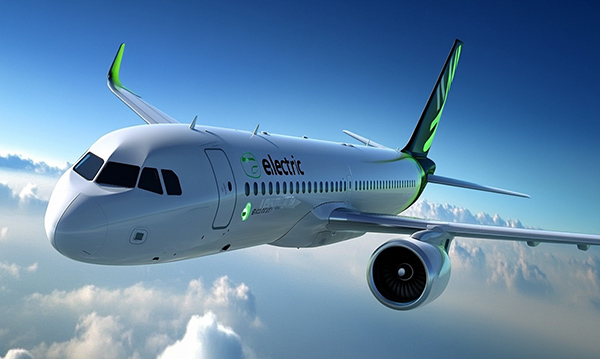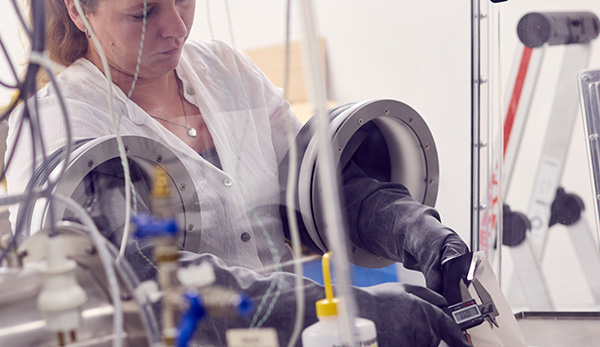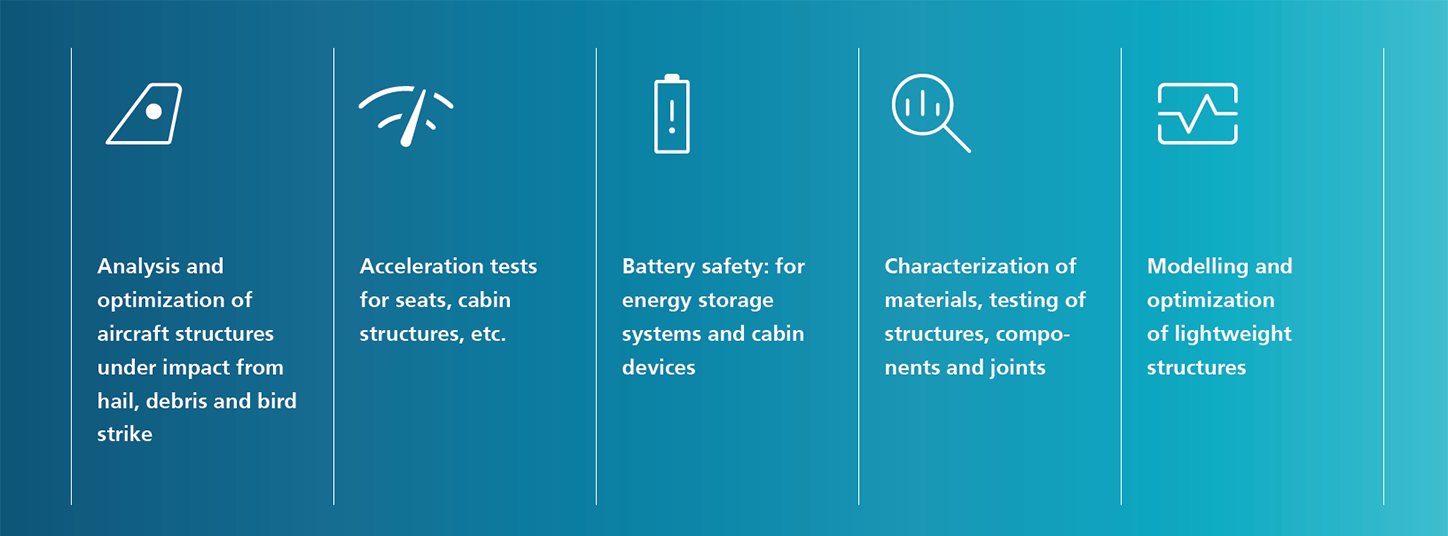Whether in personal devices or as a power source for future electric aircraft, the safety of batteries is a critical factor in aviation. The increasing number of incidents shows how great the risks are.
Fraunhofer EMI is working with Airbus and EASA on innovative solutions to prevent battery fires and make aviation safer.
Thermal runaway: Why battery fires in airplanes are particularly dangerous
In recent years, the number of incidents involving batteries catching fire in home storage units or electric cars has risen alarmingly. These incidents are often due to production errors, improper handling or overcharging and result not only in material damage but also in risks to personal safety. This phenomenon, also known as “thermal runaway”, which occurs particularly in lithium-ion batteries, is critical and can lead to dangerous situations. It describes an uncontrolled rise in temperature in the battery cell that can trigger a chain reaction, causing the battery to overheat, burn or even explode. This issue is particularly relevant in aviation, as a battery fire in an aircraft can have catastrophic consequences. The confined space in the cabin, limited fire-fighting resources and long flight times to the nearest airport make fires in airplanes particularly dangerous. The effects of a fire in the air include danger to passengers and crew and the possibility of loss of control of the aircraft. It is therefore crucial to understand the risks of thermal runaway and the likelihood of occurrence in order to derive appropriate safety measures to ensure safety in aviation.
How dangerous are risk factor personal electronic devices?
Every passenger carries one or more personal electronic devices such as cell phones, tablets or notebooks. These devices often contain lithium-ion batteries, which can thermally runaway if damaged, overheated or faulty. An example of the risks of smartphone batteries occurred in 2016, when the FAA (Federal Aviation Administration) banned Samsung Galaxy Note 7 cell phones due to reports of overheating and fires. After numerous incidents of the devices bursting into flames or exploding, Samsung initiated a global recall. The FAA then issued a regulation prohibiting passengers from bringing the Galaxy Note 7 on board airplanes. This heightened concern about the safety of lithium-ion batteries in portable devices.
This incident highlights the need to raise safety standards for batteries in portable electronic devices. This includes raising passenger awareness of potential risks to ensure safety on board.
Together with the Fraunhofer Institute for Building Physics IBP and Airbus, Fraunhofer EMI is investigating the risks posed by battery fires in modern smartphones or tablets on board aircraft. This research project, called LOKI-PED, is funded by the European Union Safety Agency (EASA).



